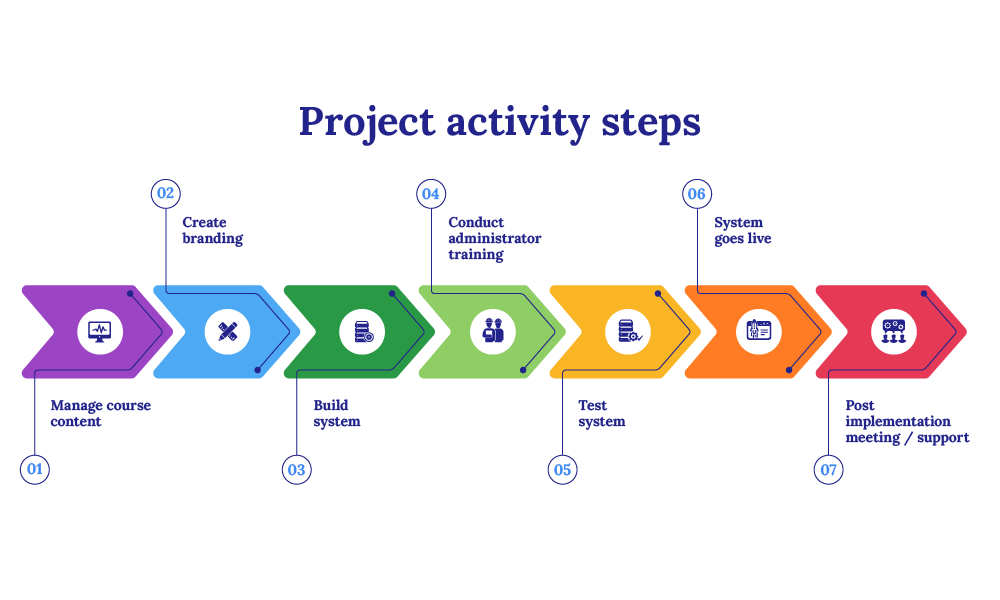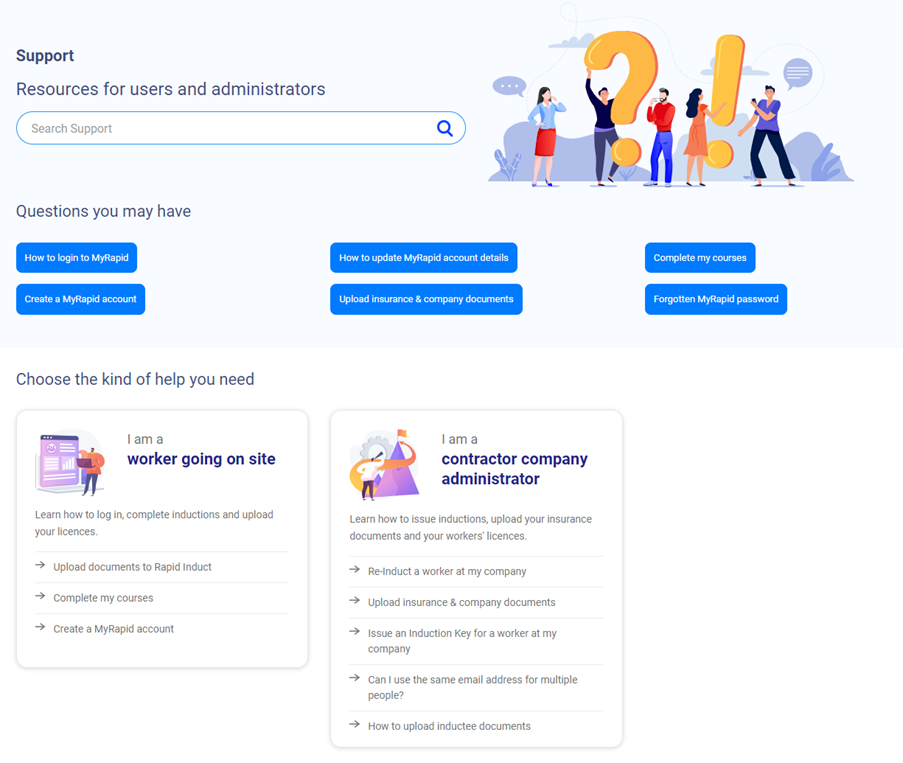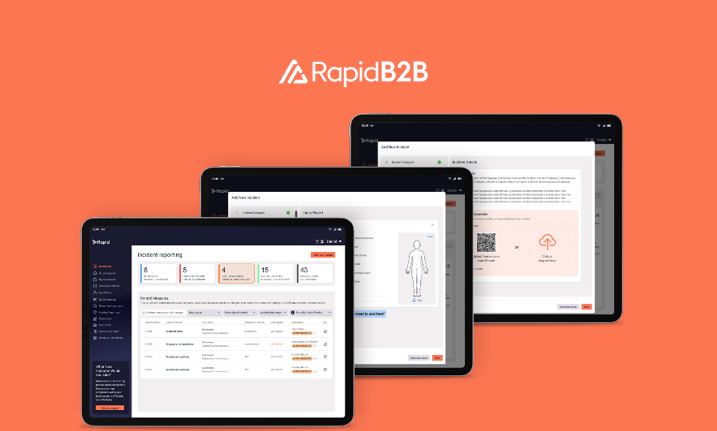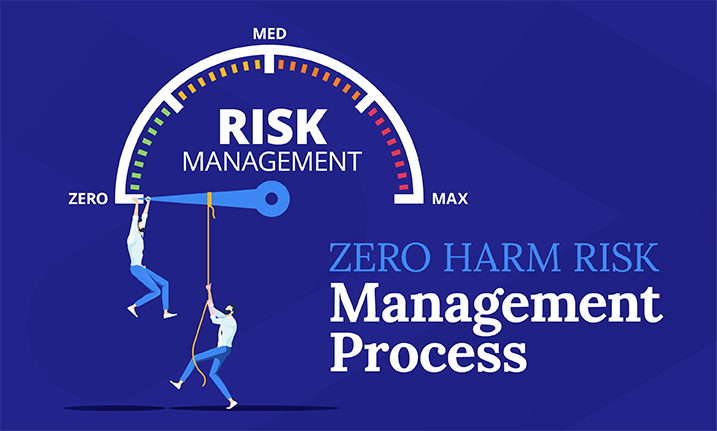

Implementing your new workplace health and safety software system can be exciting but also daunting at the same time. Whether you’re replacing a WHS management system, or perhaps a process that once was only done manually, you know that ultimately your business and its stakeholders are going to be better off.
One key element in choosing a software provider is their reputation for service and client experience. At Rapid, we boast over 20 years’ workplace health and safety software solutions and have dedicated Project Co-ordinators who ensure the implementation is smooth and efficient from start to finish.
With our experience and knowledge, we’ve put together this top 5 critical steps to successfully implement your workplace safety software.
1. Define your health and safety system objectives and software requirements
The first step is to clearly define the objectives and requirements of your workplace safety system. Identify the pain points, challenges, and goals of your organisation and how Rapid’s safety management solutions can streamline your company’s processes. This will help you determine the specific features and functionalities required from your health and safety software.
Rapid offers a modular software suite. All of our products work together to create an end-to-end workforce management software system. However, every business and site is unique in its needs, so we are able to offer each product as a separate package to ensure our clients are only paying for what they need.
2. Review the WHS software implementation plan
Once you’ve confirmed the product requirements with your Sales Specialist, they will then introduce you to your dedicated Project Co-ordinator. The Project Co-ordinator is your point of contact during the entire software implementation process from gathering information, configuration and providing training and onboarding with you and your team.
Your Project Co-ordinator will provide a detailed implementation plan that outlines the tasks, timelines, and responsibilities involved during the process.
To help keep the project running smoothly, you’ll need to allocate resources to action your tasks, which include information gathering, to ensure the solution is customised to suit your business and requirements.
This is a great step in the process to ensure you know who will be most likely to use and manage the workplace safety software if it’s not likely to be you.

3. Data migration & software integrations
If you are transitioning from an existing safety management system, your Project Co-ordinator will help you to plan and execute a data migration strategy. This could include (but may not be limited to):
- Importing suppliers into Rapid Contractor Management to invite them to register
- Setting up contractor documentation requirements in the system in Rapid Contractor Management
- Setting up initial audit checklists and forms in Rapid Auditor
- Uploading and designing your induction courses in Rapid Induct
- Setting up visitor types in Rapid Access and Rapid GO
- Structuring your risk universe within Rapid Risk
- Customising work order forms in Rapid Permit To Work
- Setting up notifications and reporting processes within Rapid Incident Reporting
If you use other systems that have an integration with Rapid, now is a good time to identify Rapid’s software integration partners so our expert team can help configure the software integration for you.
4. Workplace health and safety software on-boarding and support
Your Project Co-ordinator will provide comprehensive on-boarding and training sessions and share resources such as guides, tutorial videos and support articles so that you can share more broadly with your stakeholders. Empowering users with the necessary knowledge and resources will help them embrace and utilise the software effectively.

5. Post-implementation support and maintenance
Once you’re up and going, Rapid will reach out within a few weeks to check-in and see if you have any questions or need anything more. We provide a satisfaction survey on the implementation process so we can ensure we are always improving based on our client feedback.
It’s important to remember that new staff will need to be trained to continue to get the best use of the Rapid software system. When you add new administrators in the Rapid system, please talk to us about organising a training session to make sure they’re familiar with all the features that are available to them.
We have a dedicated team who are regularly updating our products with new features and integrations, and you can make sure you hear about them by subscribing to the Rapid monthly newsletter and keeping an eye on the Knowledge Centre area of our website.
Our local support team are always here to help. They work 8.30am-6pm Monday to Friday (AEST) and are available via phone and email to support you and your contractors in using the system.
Are you ready to implement Rapid’s workplace health and safety software?
If you haven’t already, organise a demo with one of our specialists and find out how Rapid can transform your workplace safety, compliance and risk management processes today.







